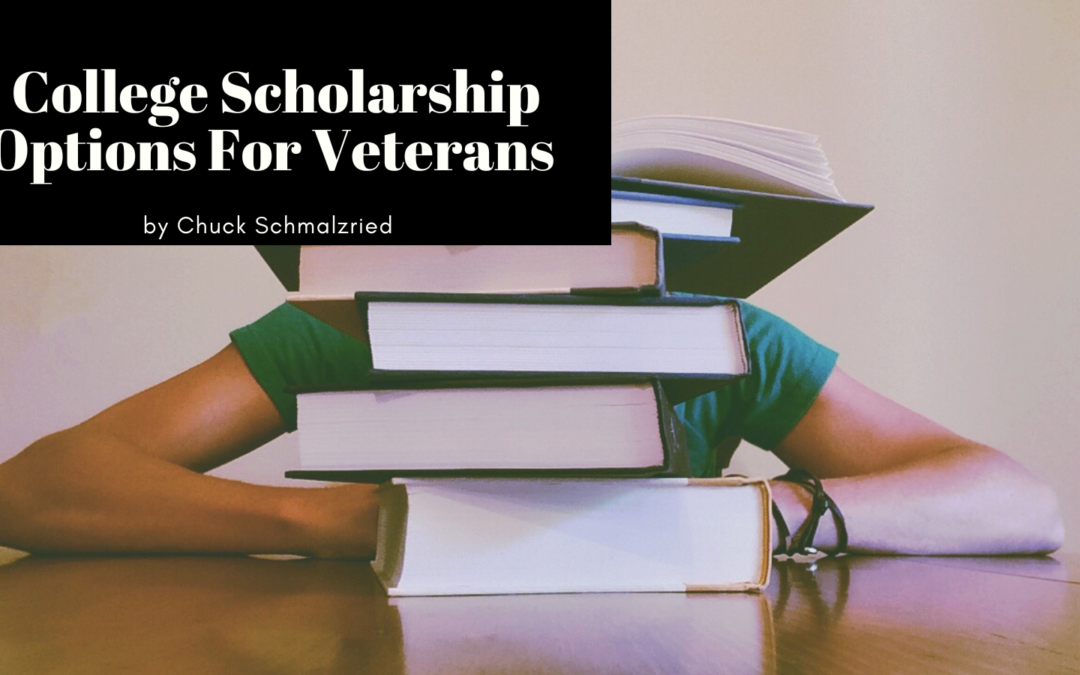Regardless of their branch, the men and women of the US military deserve to be treated with respect and gratitude. While no single act can fully thank them for their service, the US can do its part by providing them with opportunities at home. One way the country can do its part is by providing scholarships and education grants.Veterans Affairs grants and scholarships are supported by the federal government, private donors, military organizations, and universities. After all of these individuals’ and their families’ sacrifices, it only fits that we allow them to pursue their dreams and find new success.
The federal government has been working to help returning military personnel find the financial support they need to pursue their education. As the years have gone by, the programs that the government has established for these individuals have changed. However, the federal government’s commitment to these individuals and their families is still the same. These programs are designed to help returning military personnel establish their home success. They provide them with the necessary encouragement and support to succeed in their studies.
- The Montgomery G.I. Bill
One of America’s most popular financial aid programs is the GI Bill. It is widely believed that the introduction of this program changed the face of America by giving returning military personnel the opportunity to pursue higher education. In addition to changing the face of the country, it also helped build a new middle class. Despite the various changes since its inception, the G. I. Bill still assists veterans who want to pursue a college degree.
The GI Bill provides a $100 monthly payment to military personnel who agree to have their pay withheld. Additional payments can also be made to service members after they have completed their active duty. The GI Bill’s financial aid can vary depending on the service member’s contributions and time served. For instance, those who have been honorably discharged can receive up to 36 months’ worth of education benefits.
Additional military personnel, such as National Guard and Reserve members, can receive education benefits through the GI Bill. For these individuals, the total education benefits that they can receive will be around $11,400. These benefits depend on the service members’ terms and reserve status. Once they have been released from active duty, the Montgomery GI Bill’s benefits can be issued for up to ten years.
- Post 9/11 G.I. Bill
In 2009, the Post 9/11 GI Bill was established to provide education benefits to military personnel who served following the September 11 attacks in 2001. Service members must have been on active duty for 90 days following the attacks to be eligible. In addition, those who were discharged due to a service-related disability are also eligible for this program.
The Post-9/11 GI Bill provides 36-month financial assistance to military personnel currently studying at a university, technical school, or accredited college. Full tuition, housing, books, and other attendant fees will be covered for these individuals. Those who wish to pursue their studies at a private university or school may apply for this program’s Yellow Ribbon Project.
Veterans currently studying at an approved university or college or a technical or vocational school can take advantage of Post 9/11 GI Bill benefits. These are based on their time served and the type of deployment they participated in.
